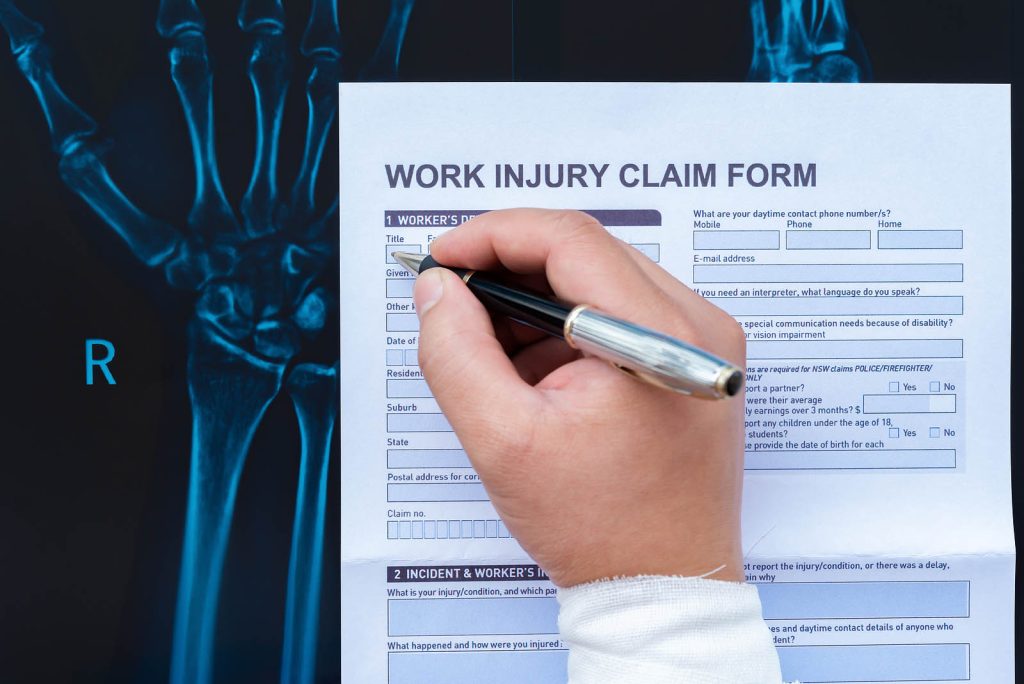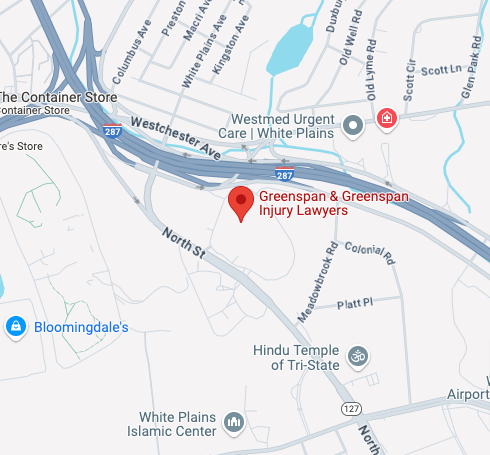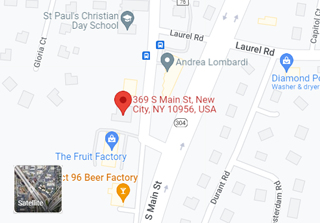If you’re a construction worker in New York, you already know the job can be risky. Even with strict safety regulations, accidents still happen, and the consequences can be devastating. On top of the physical toll, you’re faced with mounting medical bills, lost wages, and an uncertain future. If you suspect a third party, such as a property owner or contractor, is responsible for your injuries, you might be considering a lawsuit. Yet one critical question lingers: What is the time limit to sue for a construction injury?
In legal terms, this deadline is known as the construction accident statute of limitations. Missing it could mean losing your right to pursue compensation altogether. Below, we’ll explore how the statute of limitations works in New York, outline the deadlines, and discuss important exceptions that could affect the time to file a construction accident case. With this knowledge, you can take timely action to protect your legal rights.
What Is the Construction Accident Statute of Limitations?
The legal deadline for filing a lawsuit is known as the statute of limitations. Once that window closes, courts generally refuse to hear your case, no matter how strong your evidence may be. The purpose is to encourage people to bring claims promptly while evidence remains fresh and defendants aren’t left in perpetual uncertainty.
In New York, personal injury claims typically must be filed within three years of the accident date. Construction accidents often fall under personal injury law, particularly if you sue a third party (not your direct employer) for negligence. In most scenarios, you have three years from the day you were hurt to file your lawsuit in civil court.
But it’s not always that straightforward. Various exceptions and exceptional circumstances can shift these deadlines, sometimes giving you more time and sometimes less.
Why Timing Matters for a Construction Accident Lawsuit
When you’re focused on healing after a severe construction accident, dealing with legal paperwork might not be at the top of your to-do list. Still, the time limit to sue for construction injury is more than just a bureaucratic detail. Here are some things to keep in mind:
- Preserve evidence. Key evidence, like maintenance logs, witness statements, or defective equipment, might become more challenging to obtain as time passes. Acting quickly can strengthen your case.
- Maintain credibility. Insurance companies and courts sometimes view delayed claims with suspicion, wondering if your injuries are as serious as you say.
- Avoid being barred. If you miss the filing deadline, you could lose your chance to seek damages, regardless of how valid your claim is.
It’s never too early to seek legal counsel if you suspect someone else’s negligence caused or contributed to your construction-related injuries.
The Typical Deadline: Three Years for Personal Injury in New York
For most personal injury lawsuits in New York, including construction site accidents involving third-party negligence, the standard deadline is three years from the date of injury. This deadline applies to scenarios like:
- Falls from scaffolding or ladders due to a property owner’s failure to provide safety gear;
- Defective tools or machinery supplied by a manufacturer or subcontractor; or
- Unsafe site conditions caused by a party other than your employer (e.g., a negligent general contractor or property owner).
If you file even a day later, the defense can move to dismiss your case as “time-barred.” That’s why it’s crucial not to wait until the last minute.
Situations That Might Alter Your Filing Window
While the three-year rule is common, certain circumstances can shorten or lengthen your time to file a construction accident case:
Lawsuits Involving Government Entities
If your accident involved public property or a government agency—say you tripped over debris at a city-owned site or a municipal building under renovation—you might need to file a “Notice of Claim” within 90 days of the incident. Missing that notice deadline could invalidate your future claim.
The lawsuit filing deadline might also be shorter when you’re suing a municipality. Because these rules are stringent and vary among local and state entities, early consultation with an attorney is crucial.
Wrongful Death Claims
Tragically, some construction accidents lead to fatalities. If a loved one dies due to a third party’s negligence on a construction site, the family (or estate representatives) might file a wrongful death lawsuit. In New York, the deadline for wrongful death claims is typically two years from the date of death, which is different from the three-year window for non-fatal injuries.
Incapacity or Disability
If the injured person is legally deemed “mentally incapacitated,” the clock may not run until capacity is restored or a guardian is appointed. Keep in mind, though, that courts are strict about these definitions.
Discovery Rule (Limited Cases)
For most personal injury claims in New York, the discovery rule, which starts the clock only when you discover (or should have discovered) the injury, doesn’t apply broadly. Construction accidents typically involve an immediate event, so the discovery rule rarely applies. However, it’s worth talking to an attorney if your injuries have a delayed onset.
How to Improve Your Construction Accident Case
The aftermath of a construction accident can be chaotic. You’re dealing with physical pain, financial strain, and emotional uncertainty. While delaying the legal aspect is tempting, time is of the essence. By addressing the construction accident statute of limitations head-on, you keep all options on the table.
Here’s a short checklist to help you stay on track:
- Get medical attention. Document your injuries immediately with professional healthcare providers.
- Report the accident. Notify your supervisor or site manager, even if you suspect a third party is at fault.
- Gather evidence. Take photographs of the site and your injuries, and write down witness information.
- Consult an attorney. A meeting can clarify your timeline and legal strategy.
- Set calendar reminders. Track important deadlines to ensure you don’t lose your right to sue.
These steps can help you feel more in control and reinforce the strength of your claim if you decide to pursue legal action.
Contact a New York Construction Accident Lawyer
Nobody anticipates a construction accident, and you shouldn’t have to handle the fallout alone, especially not under the pressure of ticking legal deadlines. Let the skilled legal team at Greenspan & Greenspan Injury Lawyers help. Since 1959, we’ve been helping injured New York workers pursue compensation from negligent third parties. Contact us today to schedule a consultation.








